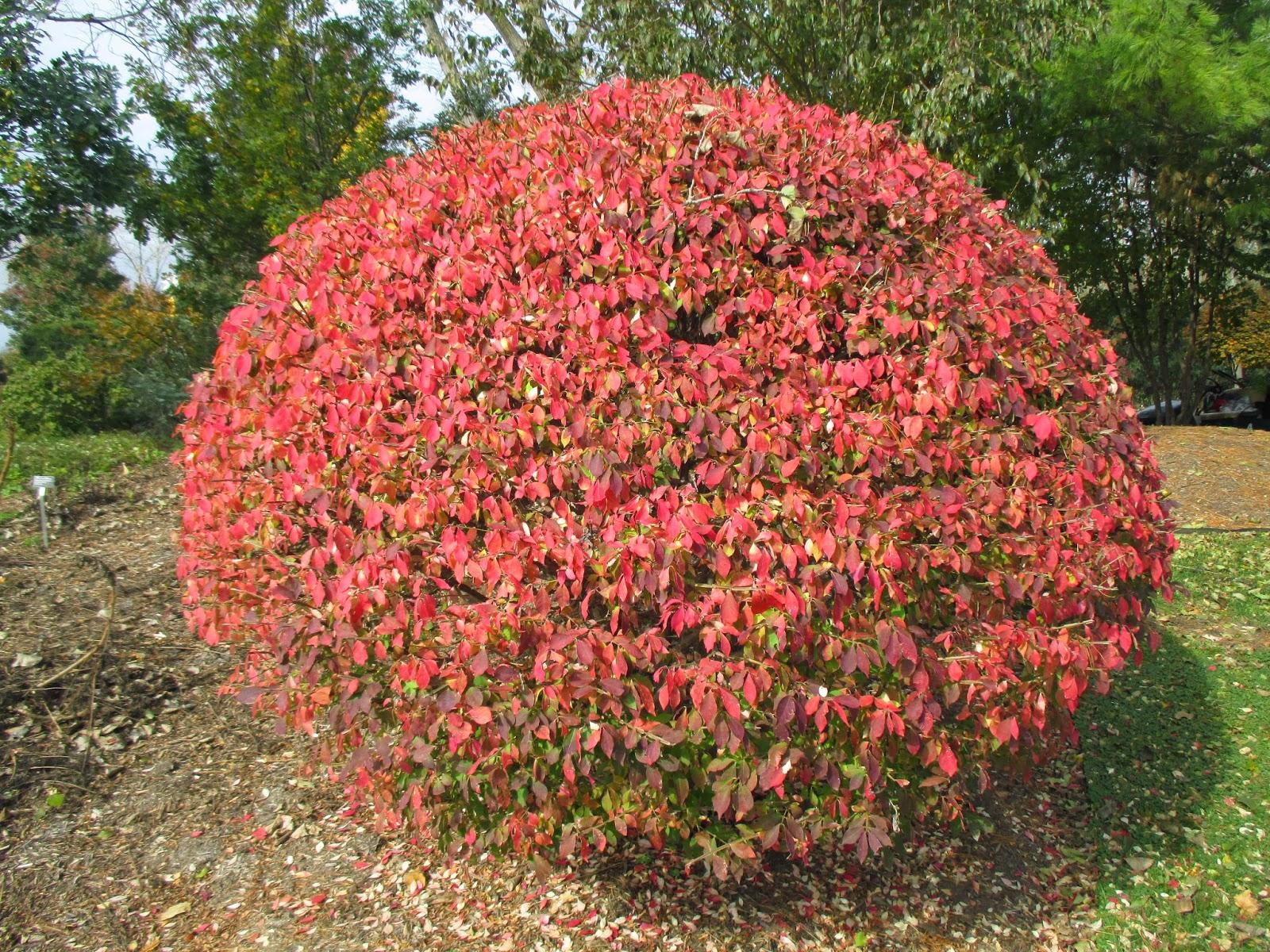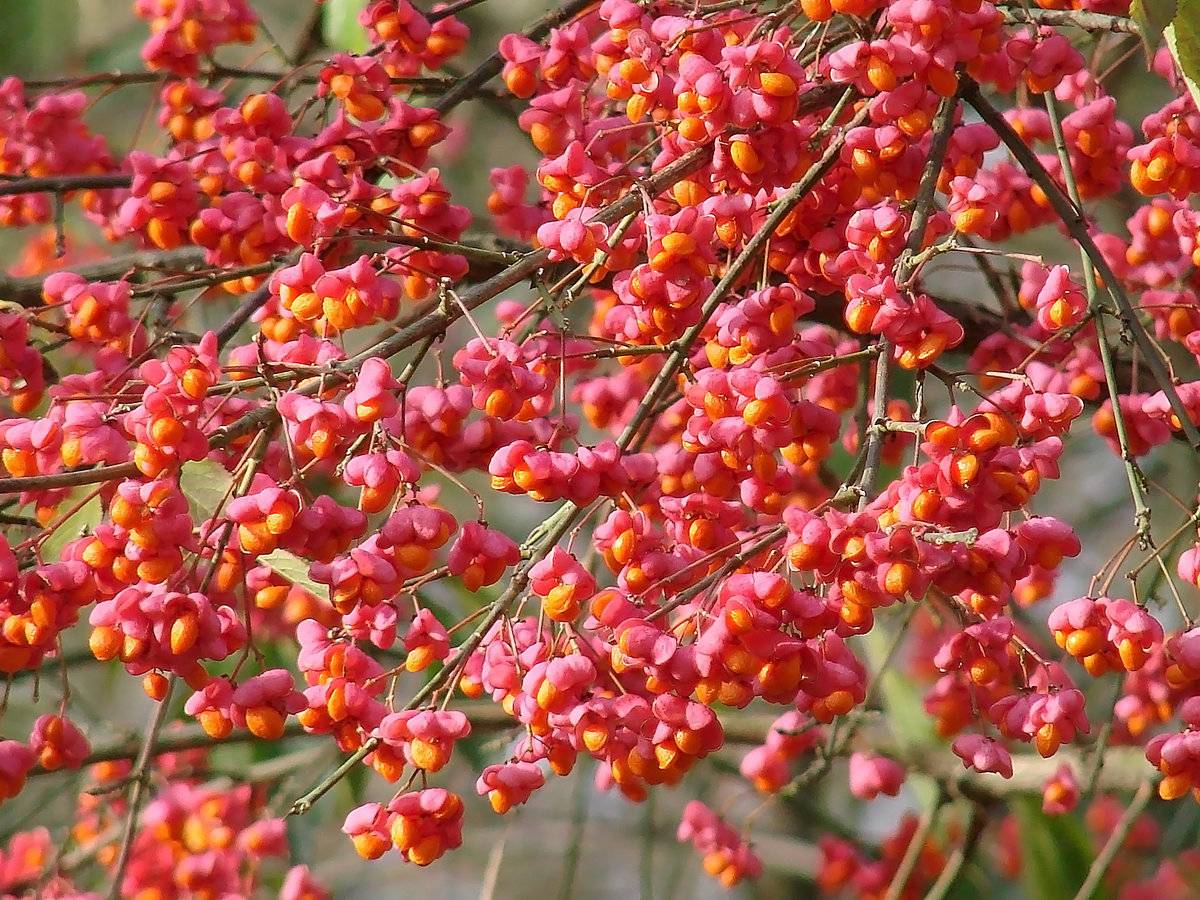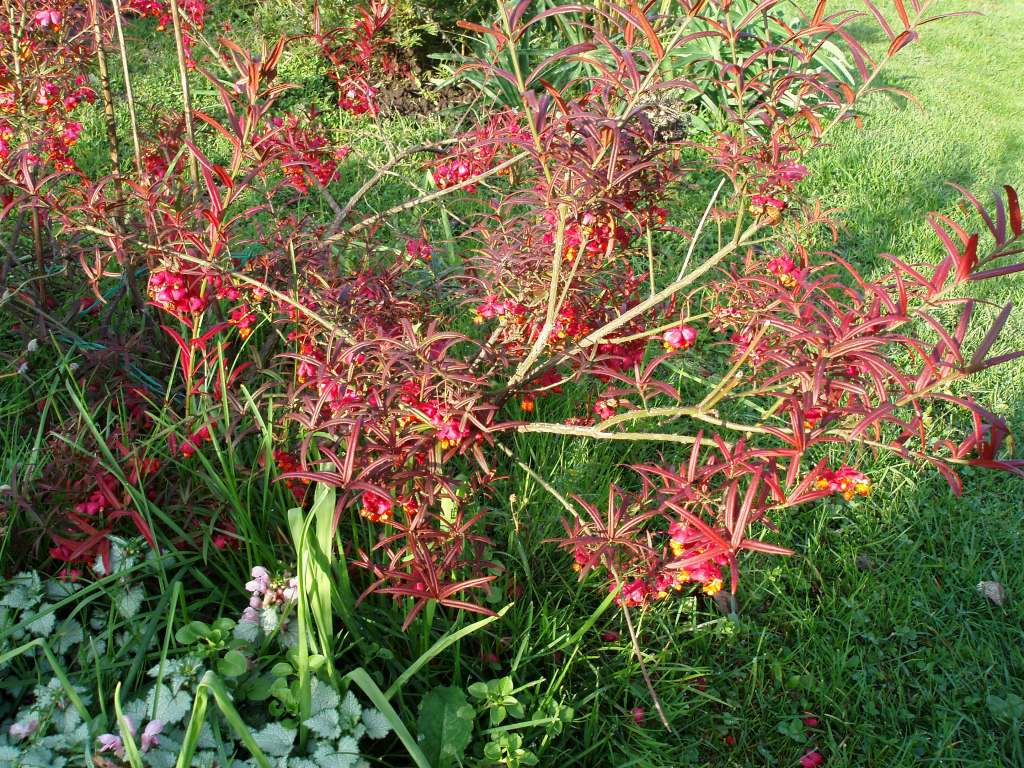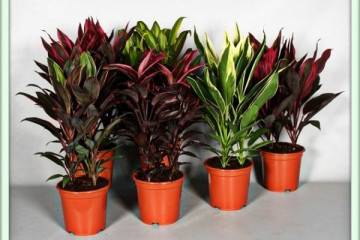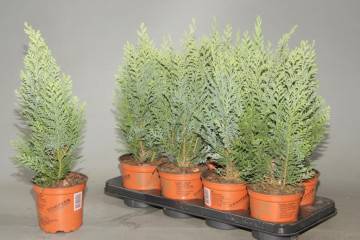Winged spindle tree, Fortune, European and other species
Content:
Winged euonymus is a shrub found in Chinese and Japanese territories, as well as in the Russian Far East. As a decorative type, the plant has gained popularity due to its bright crown, ease of care and resistance to cold weather. The latter quality made it available for planting not only in the middle lane, but also in the northern regions of Russia.
Origin and appearance
The first mentions of the shrub belong to Japanese scientists, who, after studying a wild species, bred it for ornamental cultivation.
Winged euonymus (lat. Euonymus alatus) belongs to the euonymus family. It grows mainly in mixed forests on rocks, in river valleys and on sea coasts.
In the wild, the height of the bush can reach 4 meters, with decorative cultivation - 1.8 m. The culture has a superficial root system. Elliptical leaves 2.5-7 cm long and 1-5 cm wide are painted in bright green, which by autumn changes to purple-red, while the foliage can simultaneously contain several shades.
In May-June, small greenish-white or yellowish flowers form on the branches. The length of their petals is 3-4 mm. Orange or red fruits appear in September. The shrub begins to bear fruit in the fourth year after planting.
Shrub varieties
In gardens and parks, there are many varieties of winged euonymus.
Compactus (compactus)
It has a spherical, slightly flattened and openwork crown along the edges. Elliptical 3 to 5 cm leaves change color from dark green (in summer) to purple (in autumn). For 10-12 years, winged euonymus Compactus is able to grow up to 1.5 m in height and 2 m in width. The flowers are greenish-yellow, the fruits are red and deep orange. The variety prefers sunny locations and needs frequent watering.
Chicago Fire
It has a green (in the summer months) and raspberry (in the autumn) crown in the shape of a ball. The bush grows up to 120 cm high and 150 cm wide. The sheet plates are elliptical. Scarlet "berries" appear from the flowers of the spindle tree of Chicago. It can be grown both in the sun and in the shade. Prefers fertile soil. Frost resistant.
Fireball
A bush with a maximum height and width of 1.5 m has a spherical crown that changes color from green (in summer) to purple-scarlet. Elliptical leaves on densely spaced branches reach 3-5 cm in length. The flowers are lime yellow, the fruits are carrot. Planting in sunny areas and in partial shade is acceptable. Frost resistant.
Macrophilis
The shrub grows up to 1.2-1.5 m in height and 1.0-1.2 m in width. The elongated leaf plates are bright green in summer and turn ruby or orange in autumn. Macrophilis prefer sunny space, but can be grown in partial shade. Requires fertile soil and moderate watering.
Fortune euonymus varieties
The birthplace of Fortune's euonymus is China.It has been grown in Russia for over 100 years. The plant is a creeping evergreen shrub with oval or elliptical foliage, growing up to 20-60 cm in height. Nondescript yellowish-green flowers appear on bushes only in temperate zones, pale yellow fruits do not fall until mid-winter. Prefers to grow in shaded areas. When it grows, it forms a green “carpet”, and therefore in the plant design of gardens this euonymus is used as a ground cover plant. Can also be grown on poles.
Eonymus Fortune Harlequin
To decorate park beds, create borders and flower arrangements, a dwarf variety of ground cover euonymus, Harlequin, is often used. The shrub grows no more than 25 cm in height, has a large number of thin herbaceous shoots with an abundance of foliage. Oval green leaves contain white, yellow and beige spots. They turn pink in autumn. Spherical green and beige inflorescences and bright red fruits are formed only during growth in the south of Russia. The plant is not frost-resistant.
Fortune Emerald Haiti
Shrub 0.3 m high has a lush rounded crown and rich green leaves with a white border. With the arrival of autumn, the foliage turns purple. Three-centimeter plates are ovoid, uneven. The stems of this culture are thin and flexible, easily bent to the ground for rooting.
The plant prefers temperate climates, does not shed foliage for the winter. Can be grown in partial shade, lack of sunlight does not affect growth.
Fortune Blondie
Creeping variegated euonymus 30-60 cm in height grows very quickly. Yellowish-white spots are scattered in the center of its bright green leaf plates. Small flowers are yellow with a greenish tint. It has the ability to cling to obstacles with adventitious roots, as if climbing them.
The common varieties of Fortune euonymus include Emerald Gold and Coloratus, which are distinguished by winter hardiness. Gold is able to withstand frosts down to -25 degrees. Both plants change their leaf color to reddish and purple in autumn.
Characteristics and varieties of European spindle tree
The plant is widespread among amateur gardeners and landscape designers due to its ease of care, high decorative qualities and unpretentiousness. The bush is popularly known under such names as wolf's bast, bruslin, meresklet, sour, bruhmel, blind pot, privet, etc.
European spindle tree (lat. Euonymus europaeus) is a tree-like shrub that grows up to 8 m. In its natural environment, it is found in Europe, Turkey, the Caucasus and Russia. Natural habitats - pine and oak forests, ravines, coasts, wetlands. The plant is not afraid of cold weather, resistant to dry periods and does not require an abundance of sunlight.
European spindle tree has round or tetrahedral branches with a grayish-brown bark. The leaves are oblong, ovate-elliptical or obovate, 1.5 to 11.5 cm long. The inflorescence (semi-umbilical) consists of 2-5 greenish-yellowish flowers. Red-orange fruits emerge from a pink or white-cream boll with a diameter of 1.5 cm in July-October.
Common varieties
Among the varieties of European spindle tree grown in Russia, the following can be noted:
- Nana (nana) is a dwarf representative of the European spindle tree, belonging to creepers. Reaches no more than half a meter in height, has a large number of stems (first green, then brown). The leaves are narrow, green in the upper part and gray at the base, the flowers of Nana are barely noticeable, the seed pods are white or cream, pink berries have yellow blotches.
- Red Cascade (Red cascade) - a tree-shaped bush grows up to 3.5 m in height and up to 2.5 m in diameter. Red Cascade euonymus has dark green oval leaves and barely noticeable yellowish-green flowers. Decorativeness is achieved due to the foliage that turns purple in the autumn and the appearance of orange fruits.
- Alba (Alba) grows up to 2-3 m. It has a rigid, upright stem and lanceolate light green leaves. The fruits are white boxes with red "berries". Differs in unpretentiousness, loves pruning.
- Aucubaefolia (Aucubofolia) belongs to the creeping category. It has shoots 1.2 m long and variegated green leaves with yellow spots. Does not shed foliage for the winter.
- Pendula (Pendula) - ampelous type of plant, has an unusual weeping crown. From the outside, the foliage is painted green, from the inside, gray. Has dark red fruits.
- Atropurpurea (atropurpurea) - shrub 2 m high has branches growing upward. Flowers of a greenish-yellow hue appear on its branches in May. The seed pods are dark red. The leaves are rounded at the base, finely serrate along the edge, in autumn they acquire a bright red color.
- Argenteo-variegata (Argenteo-variegata) - ground cover shrub 30 cm high and 1 m wide. Differs in foliage with white spots and creeping shoots. Leaf plates 4-5 cm long have a rounded shape and acquire a reddish tint in autumn.
- Intermedia (Intermedia) is endowed with large leaves of dark green color and bright red fruits of large sizes.
In addition to winged euonymus, European and Fortune, large tree-like shrubs are also planted on the territory of Russia: Maak's euonymus 10 m high and large-winged euonymus growing up to 9 m.Both varieties have seed pods of crimson color and large size.
Spindle tree care in the garden
Many varieties of winged euonymus, European, Fortune, Japanese (Bravo variety) can be grown in the Moscow region and other areas of the middle lane. In the northern regions, it is recommended to plant the European euonymus of the Maaka variety.
For shrubs in the garden, windless, well-lit areas are selected, or partial shade (variegated varieties do not develop well in the shade). Planting of both tree-like shrubs and ground cover euonymus is carried out in slightly alkaline soil with the addition of ash and lime. To provide the soil with good permeability, sand is added to it: two parts of sand are taken for one part of the earth.
The plant propagates by seeds, layering, root suckers, dividing the bush and cuttings. One of the possible ways to reproduce euonymus is with the help of cuttings in water, in which the material is in the container until the roots appear, and then it is placed in the soil.
Caring for the plant does not require much effort and includes watering, feeding, pruning, and in some varieties, shelter for the winter.
Watering
Large shrubs are rarely watered, but abundantly, undersized more often and in small portions. The regularity depends on the weather conditions. If it rains intermittently, watering is not required.
Top dressing
Euonymus should be fed in the absence of nutrients in the soil. In the spring, nitrogen fertilizers are added to the soil, in the fall - phosphorus-potassium fertilizers.
Pruning
There are several types of pruning of euonymus:
- sanitary: produced in spring and summer.Damaged and dried branches are removed, and the bush is thinned out for better penetration of sunlight;
- to renew the plant every 3-4 years, the shoots are shortened by half;
- formative. To give the bush the desired shape, pruning is done in March and autumn after the fruit has ripened.
Preparing for winter
Preparation of spindle tree for wintering depends on its variety. Winter-hardy species (European, winged) do not need shelter (only young 2-3-year-old plants).
Fortune's euonymus and Japanese (varieties that do not shed their foliage) are capable of withstanding snowy winters, but in the absence of snow, the root system may suffer. Before the onset of frost (November), these species are recommended to be covered with compost, spruce branches or dry foliage. With the onset of spring (March), the shelter (including a snowdrift) is removed in order to avoid the debate of the bush.
Among amateur gardeners and professional landscape designers, euonymus is popular due to its spectacular crown, which fully justifies the name of the plant, which is translated from Latin as "alluring beauty".
